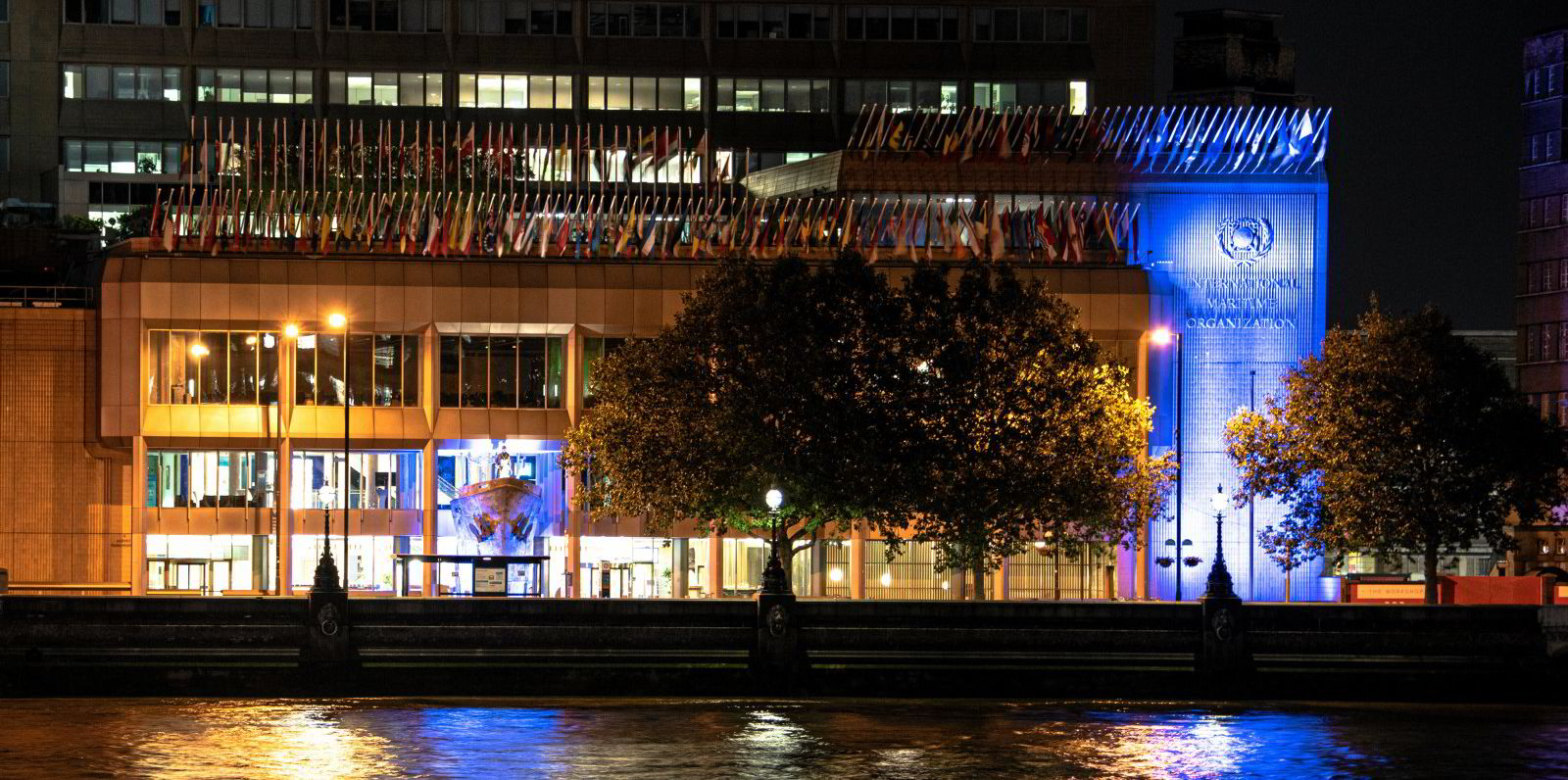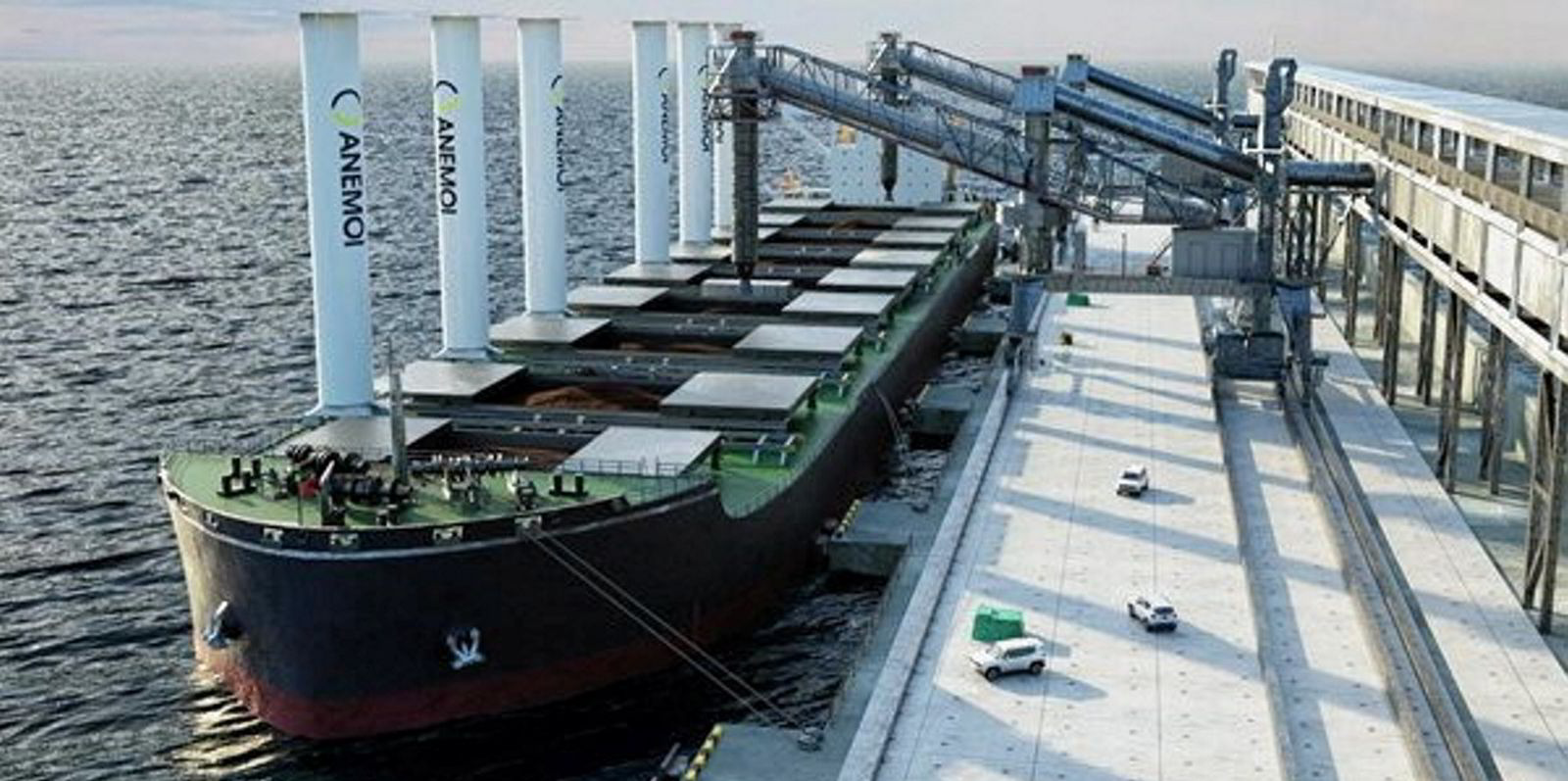The majority of nations at the International Maritime Organization appear to be leaning toward a more ambitious target for shipping’s greenhouse gas emissions.
The building consensus centres on a goal of zero carbon, or net-zero carbon, emissions by 2050, with six additional countries voicing support for the target at an IMO committee meeting held last week.
But there is a growing chorus of voices who want new targets for shipping well before that date. For some, it’s a way to get to the 2050 goal, while for others, it’s because aiming for zero emissions by the middle of the century is not ambitious enough.
A coalition of non-government organisations, for example, wants the IMO to adopt a goal of chopping carbon emissions in half by 2030, just eight years from now, and zero emissions by 2040.
“There are steps we can take to reduce emissions from shipping now but sadly we are moving at barely snail’s pace,” said Lucy Gilliam, senior shipping policy officer at environmental group Seas at Risk.
“We urgently need to raise ambition and align our strategy to truly meet 1.5C and ensure the poorest are not left behind in this transition.”
As Green Seas reported before the meeting of the Marine Environment Protection Committee, the International Chamber of Shipping is cautious about intermediary decarbonisation targets, in part because of concerns that focusing on nearer-term goals could be counterproductive to achieving a net-zero goal in 2050
But it’s not just green groups that have joined the call for intermediate targets.
Industry proponents
Executives from shipping companies Compagnie Maritime Belge (CMB), Diana Shipping, Swire Pacific Offshore and AP Moller-Maersk were among co-authors in an op-ed in TradeWinds calling for decarbonisation targets in 2030 and 2040.
Maxime Van Eecke, chief commercial officer at Belgian shipowner CMB, said a focus on 2050 is not enough. Intermediate targets would serve as the groundwork for reaching that goal, he told a Global Maritime Forum webinar on Tuesday.
But more important is for the IMO and governments to provide shipping. which he said is committed to a zero-emissions goal, with the tools to achieve it.

“It’s too little and too late,” he said. “It’s very good to start talking about net zero in 2050, and it’s very good to talk about … intermediate measures.”
But he said there is so far too little in the way of concrete measures to reach those goals.
Concrete steps
An example of a concrete measure, Van Eecke said, is the IMO’s recent adoption of an emissions control area for the Mediterranean, which will lower caps on sulphur oxide and particulate matter emissions.
But that is a drop in the bucket compared to what CMB sees as needed.
He said the best way forward is a carrot-and-stick approach.
After carbon intensity and design rules enter force at the start of next year, the IMO is planning to apply an as-yet-undecided a basket of mid-term measures that will combine a market-based measure like a carbon levy or an emissions trading scheme with fuel regulations.
CMB is supportive of a carbon levy that uses money that ensures an equitable energy transition — that’s the stick.
And the carrot

But there’s little that shipping can do until zero-emission fuels and zero-emission engines are available, and regulatory bodies ensure they arrive in a structured way, he said.
“In parallel with the stick, as I like to call it, is the carrot,” Van Eecke told the webinar. “Give us the framework where we as industrial players can do the necessary investments in order to reduce our carbon emissions, and unless and until we have this, there’s very little you can do.”
More stories on sustainability and the business of the ocean
- US-based Plug Power has unveiled plans to build a 100-MW green hydrogen plant at Belgium’s port of Antwerp-Bruges. It will likely become the largest of its kind. Click here to read the story in Recharge.
- A study by classification society Lloyd’s Register has found that an Oldendorff Carriers-controlled newcastlemax bulk carrier that will feature rotor sail will enjoy a significant boost in efficiency. The ship could see a 29% boost in its score under the IMO’s Energy Efficiency Existing Ship Index. Click here to read the story in TradeWinds.
- A new report found that just 15% of the global shipping fleet has the electronically controlled main engines that are needed to convert to alternative fuels. Click here to read the story in TradeWinds.




